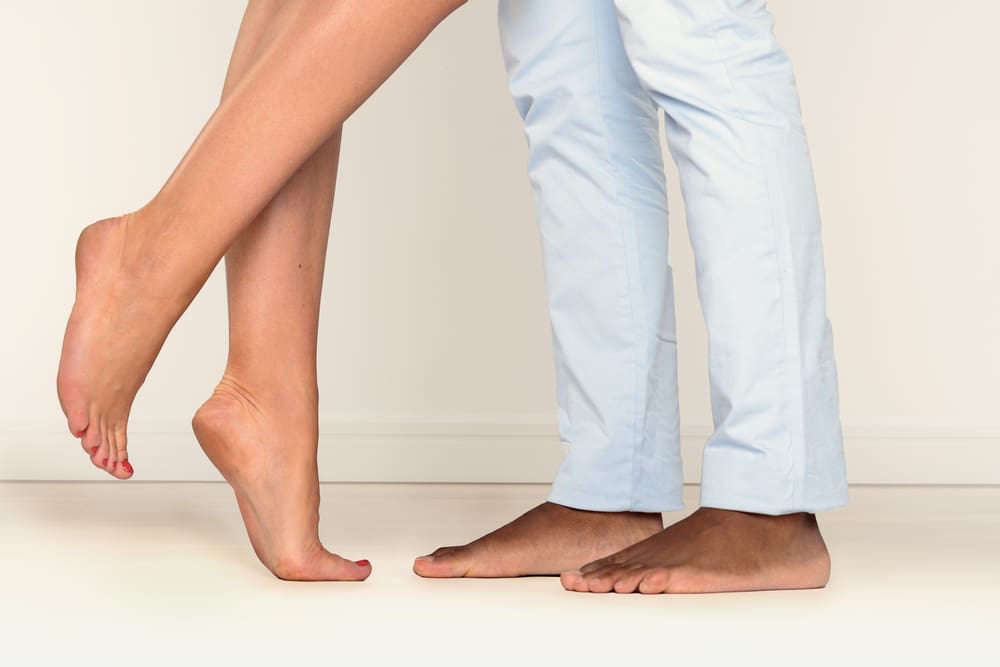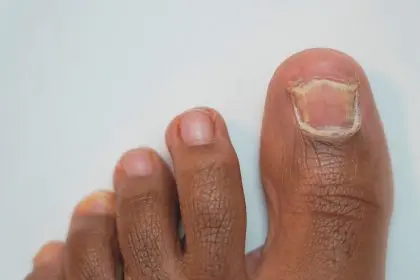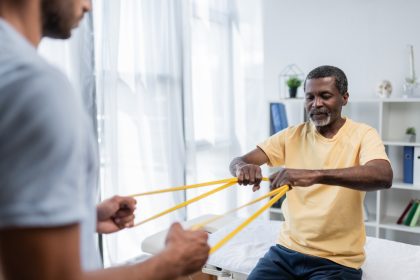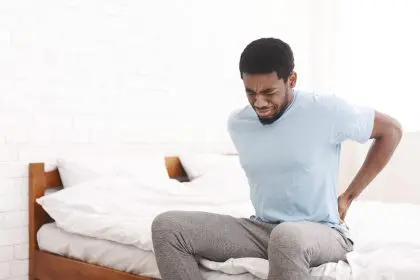Our feet, marvels of evolutionary engineering with 26 bones, 33 joints, and over 100 muscles, tendons, and ligaments, have become prisoners of modern footwear. This complex foundation that once navigated varied terrain unassisted now spends most days confined in cushioned shoes, leading to what podiatric specialists call “movement poverty” in the feet. A growing body of biomechanical research suggests that returning to barefoot movement, even in small, deliberate dose, might be the key to reversing this trend.
The modern foot predicament
The average American takes approximately 5,000 steps daily, nearly all in shoes. Standard footwear features cushioned heels, arch support, and narrow toe boxes, design elements that, while comfortable, fundamentally alter natural gait patterns and foot mechanics.
This constant support has consequences. Research published in the Journal of Foot and Ankle Research indicates that habitual shoe-wearing correlates with reduced foot muscle volume and intrinsic foot strength. The muscles, joints, and sensory nerves of the feet gradually weaken from lack of varied stimulation, potentially contributing to common foot problems like plantar fasciitis, bunions, and fallen arches.
Biomechanics researchers now understand that modern shoes, while protecting feet from environmental hazards, simultaneously restrict the natural movement patterns that kept human feet healthy for millennia before their invention.
Sensory connection to the ground
The human foot contains approximately 200,000 nerve endings, making it one of the most sensitive parts of the body. These receptors provide crucial information about terrain, temperature, and pressure, a sophisticated feedback system that helps with balance and movement efficiency.
When constantly covered, these sensory receptors become less responsive. Walking barefoot reawakens this sensory system, improving proprioception, the body’s awareness of its position in space. Enhanced proprioception translates to better balance, more efficient movement patterns, and potentially fewer falls, particularly in older adults.
Research from the Journal of Aging and Physical Activity found that elderly individuals who participated in barefoot balance training showed significant improvements in stability metrics compared to those training in shoes.
5 ways to strengthen feet naturally
Transitioning to more barefoot time requires a gradual approach. Here are five evidence-based strategies for reintroducing your feet to their natural capabilities:
Short barefoot walking sessions: Begin with 5-10 minutes of barefoot walking on safe surfaces like grass, sand, or clean indoor floors. Focus on allowing the foot to contact the ground naturally, without the heel-strike pattern encouraged by cushioned shoes. Gradually increase duration as comfort allows.
Toe spreading exercises: Spend time consciously spreading and wiggling your toes. This simple movement activates the intrinsic foot muscles and helps counteract the narrowing effect of pointed shoe designs. For an added challenge, try picking up small objects like marbles or pencils with your toes.
Varied terrain exploration: Once comfortable with basic barefoot walking, introduce different surfaces, smooth stones, textured mats, or specially designed sensory paths. This variety stimulates different muscle groups and nerve endings, promoting adaptability and strength.
Foot doming: While seated, keep your heel and toes on the ground while lifting the arch of your foot. This activates the deep intrinsic muscles that support the arch. Hold for 5 seconds and repeat 10 times. This exercise helps develop the natural arch support system.
Mindful movement practices: Activities like yoga and certain martial arts traditionally practiced barefoot provide structured contexts for strengthening feet. Poses that spread weight across the entire foot while requiring balance train the small stabilizing muscles often neglected in everyday movement.
The transition challenge
Despite the potential benefits, transitioning too quickly to barefoot activities can lead to discomfort or injury. The feet of lifelong shoe-wearers have adapted to support and cushioning, muscles have atrophied, joints have stiffened, and skin has become sensitive.
Foot specialists recommend a gradual approach spanning several months. Starting with just 5-10 minutes of barefoot time daily and incrementally increasing duration allows the body to adapt. Some people may benefit from transitional footwear, minimalist shoes with thin, flexible soles and wide toe boxes that provide protection while allowing more natural movement patterns.
Individuals with existing foot conditions, diabetes, or circulation problems should consult healthcare providers before beginning barefoot practices. Those with significant foot deformities may need specialized guidance to benefit safely from barefoot movement.
Systemic benefits
The influence of foot mechanics extends far beyond the ankles. The human body functions as an interconnected kinetic chain, with movement patterns in the feet affecting alignment all the way up to the neck and head.
Research in the field of biomechanics indicates that improved foot function may help address issues that seem unrelated to feet, including knee pain, hip discomfort, and even some types of back pain. The theory suggests that when feet move naturally, they create more efficient movement patterns throughout the body, reducing stress on joints and tissues.
Anecdotal reports from barefoot enthusiasts mention improvements in posture, reduced joint pain, and enhanced athletic performance. More rigorous clinical investigations are underway to verify these potential systemic benefits.
Cultural context and practical reality
Modern society presents practical challenges to barefoot living. Urban environments with glass, debris, and extreme temperatures make continuous barefoot walking impractical for most people. Social norms and workplace requirements further limit opportunities.
The aim isn’t necessarily returning to a completely unshod existence, but rather introducing enough barefoot time to maintain foot health while using appropriate footwear when necessary. Even dedicated barefoot advocates recognize the need for protective shoes in many contexts.
Finding this balance means seeking opportunities for safe barefoot time, at home, in parks, at beaches, or during specific exercise sessions, while choosing less restrictive footwear for everyday life when shoes are necessary.
For those interested in exploring barefoot benefits without abandoning shoes entirely, the footwear market now offers more anatomically appropriate options. These include wider toe boxes, flexible soles, minimal heel-to-toe drops, and designs that protect without unnecessarily restricting natural movement.
As we rediscover the importance of natural movement patterns, our understanding of foot health continues to evolve. The feet, too often hidden and forgotten, may hold significant keys to overall movement quality and physical resilience throughout life.

















